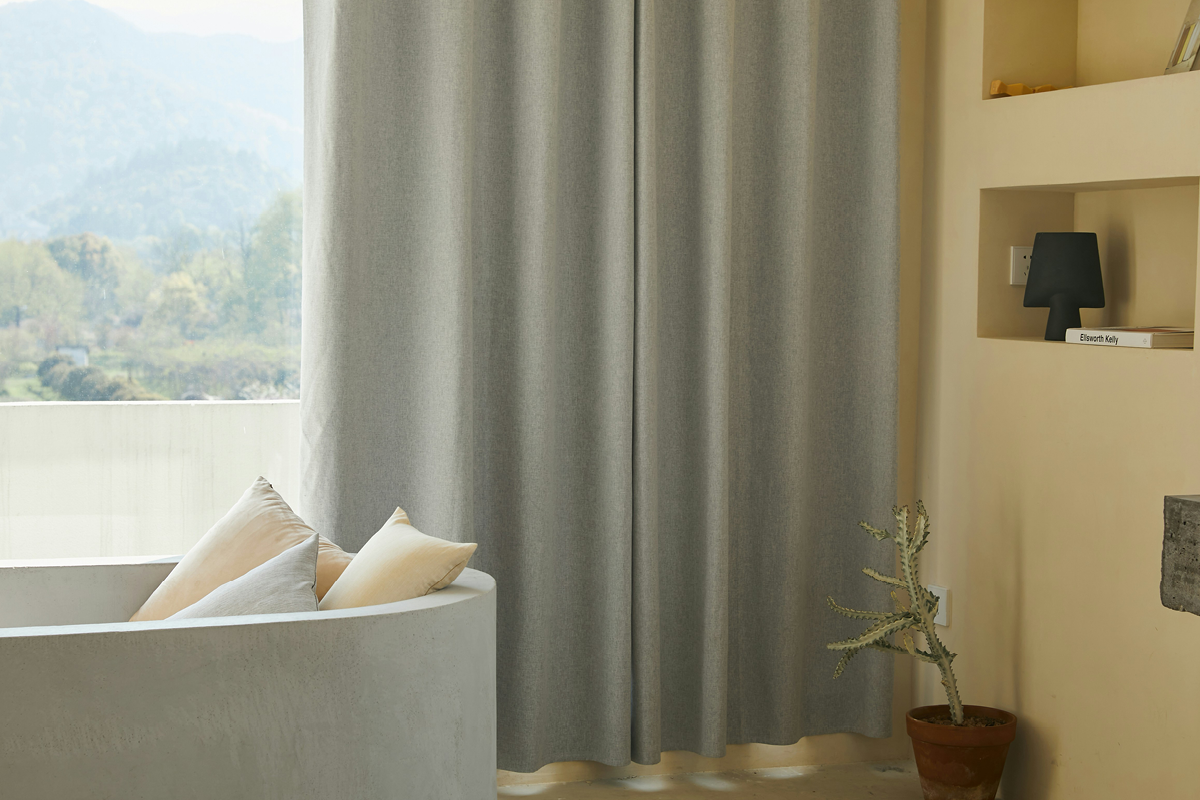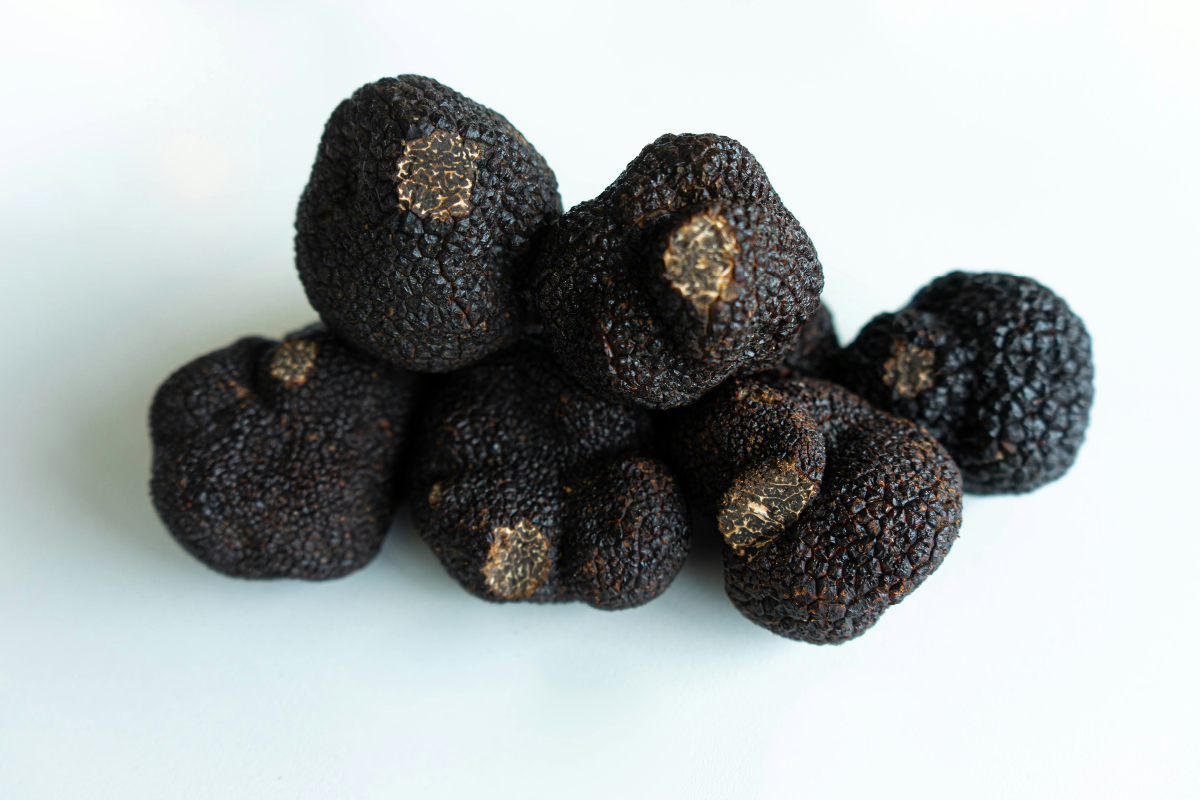HOW TO ENSURE YOUR ROOF IS WATERPROOF
Your roof is one of the primary forms of defence against weather and the elements, making it one of the most important parts of a home. With this in mind, it’s very important to ensure that your roof is waterproof to prevent your home from becoming damp.
Without the proper maintenance and care, your roof may start to leak or let moisture into your home, which can cause dampness, mould growth and may damage the structural integrity of the building.
There are several things that you can do to help ensure your home remains safe and to prevent water from being able to seep in. Below, roofing expert Daniel Osbourne at MyJobQuote.co.uk explains a list of tips on how to ensure your roof is completely waterproof.
Use Waterproof Tiles
If you want to ensure your roof is waterproof, the choice of materials is very important. Choosing waterproof materials for your roof will provide a strong foundation for long-term protection and durability. Slate tiles are a great example, as these are naturally waterproof, so they can provide a great deal of protection. Some other excellent choices include high-quality asphalt shingles, metal roofing, and certain types of EPDM or TPO membranes for flat or low-slope roofs. These are all designed to repel water effectively. Investing in quality materials upfront can save you a lot of headaches and expenses down the line.
Repair and Maintain Tiles
Damaged, cracked or missing roof tiles are prime entry points for water. Even a small crack can allow water to seep through, slowly but surely compromising your roof’s integrity and potentially leading to rot, dampness, or severe water damage within your home. If you notice that your roof tiles are damaged or missing, it’s important to get this rectified as soon as possible. Don’t underestimate the impact of seemingly minor damage; a quick repair can prevent a major problem.
Repair and Maintain the Chimney
Your chimney is also vulnerable if it isn’t properly maintained. If you notice any damage to your chimney, it could lead to water leaking into your home. Crumbling bits on your chimney can also lead to further damage to your roof and the roof tiles, which can also make the roof much less waterproof. Issues with the chimney cap or flashing can also create pathways for water to leak into your home. Repointing your chimney and ensuring your chimney flashing is intact and properly sealed could help to prevent water ingress around this critical potential problem area.
Use a Roof Tile Sealer
Not all types of roof tiles will need sealing. However, it can be a very valuable asset, especially if you have experienced any problems with leaks or dampness, then a roof tile sealant may be a great help. When you add a sealant to your roof tiles, it creates an additional protective barrier. This can stop rainwater from causing damage to them. Plus, the sealant can also protect any hairline cracks and prevent potential leaks and further damage. If you want to reinforce your roof, a sealant is the best way to go, and it is definitely a great investment.
Use Flashing
In addition to your roof tiles, flashing is one of the most important aspects of waterproofing the roof. Flashing involves thin pieces of impervious materials, usually metal, that are installed at vulnerable points on your roof where two surfaces meet or intersect, such as around chimneys, skylights, vents and valleys. Flashing can come in various materials, including aluminium, copper, and steel. However, the most durable and long-lasting type of flashing is lead flashing due to its malleability and resistance to corrosion, forming a tight, effective seal. Any compromise to the flashing can lead to significant leaks, so regular inspection and proper installation are non-negotiable.
Maintain The Gutters
It may seem indirect, but maintaining your gutters is absolutely crucial for roof waterproofing. If your gutters become damaged or clogged with leaves and debris, this can be a great danger to your roof, as they can no longer effectively channel rainwater away from your roof and foundation.. When debris is present in the gutters, it can cause water to overflow and flood your roof. All of this additional water on the roof can cause damage, which can then lead to internal leaks. The standing water also significantly increases the risk of damage and rot. Regular gutter cleaning prevents this overflow, allowing your roof system to function as intended.
Insulate The Roof
Insulating the roof is one of the best things you can do to ensure that it remains waterproof. Most modern roof insulation systems will use either a waterproof material as part of the system or will make use of a waterproof membrane. With this added material or membrane, you can give your roof an extra layer of protection against rain, water, and the elements. It is especially helpful for protecting against condensation that can occur in the roof space. Good insulation can also help prevent ice dams in colder climates, which can force meltwater under shingles.
Add a Waterproof Membrane
Adding a waterproof membrane to the roof is one of the easiest ways to ensure that your roof remains protected from water and leaks. The membrane goes directly beneath your primary roofing material. This is a simple process that provides protection to the entire roof and can help protect you from having to fork out on costly roof repairs over and over. A high-quality membrane acts as a backup, catching any water that might bypass the outer roofing layer and directing it safely away.
Final Thoughts
By being proactive with these essential installation and maintenance practices, you can significantly extend the life of your roof and, more importantly, ensure that your home remains a dry, safe, and comfortable place for you and your family to live for many years to come.
MORE ABOUT THE AUTHOR… DANIEL OSBOURNE
Daniel Osbourne is a UK-based roofer with over fifteen years of experience in the industry. As a roofing expert for MyJobQuote.














